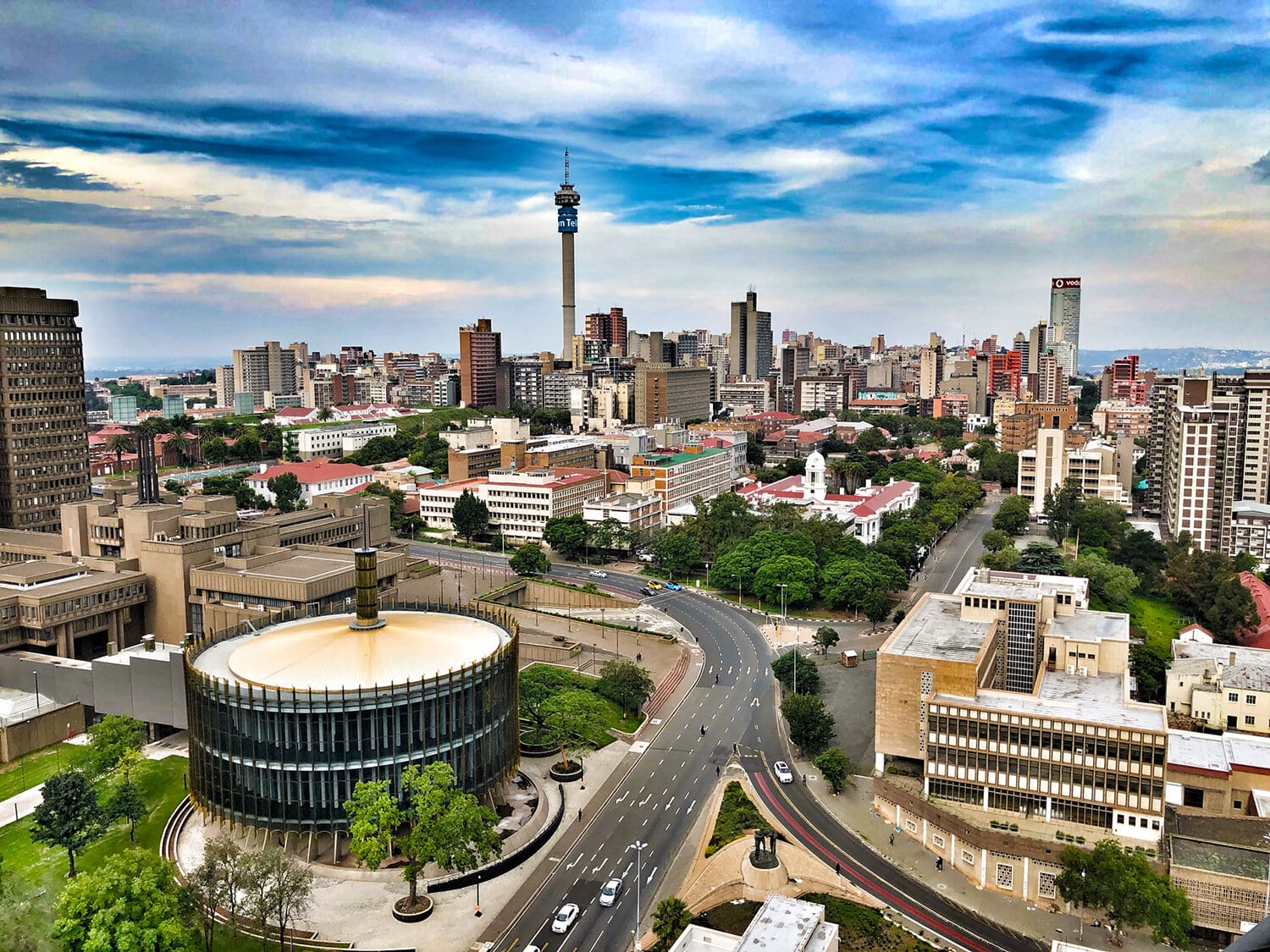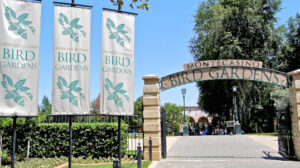See This Report about Johannesburg North Attractions
See This Report about Johannesburg North Attractions
Blog Article
What Does Johannesburg North Attractions Mean?
Table of ContentsJohannesburg North Attractions Can Be Fun For EveryoneHow Johannesburg North Attractions can Save You Time, Stress, and Money.Some Known Incorrect Statements About Johannesburg North Attractions The Only Guide for Johannesburg North AttractionsJohannesburg North Attractions Can Be Fun For EveryoneNot known Details About Johannesburg North Attractions
The city expanded on the side of the Witwatersrand Key Coral reef, a subterranean stratum of gold-bearing quartz-silica empire that arcs for hundreds of miles underneath the Highveld - Johannesburg North attractions. Most of the gold mines in the city discontinued operation in the 1970s, yet in its day the Witwatersrand gold market accounted for more than 40 percent of the world's yearly gold production.Johannesburg has a temperate environment. Summertime temperature levels average concerning 75 F (24 C); wintertime temperatures average regarding 55 F (13 C) and only occasionally dip listed below freezing. The city delights in concerning eight hours of sunlight daily in both winter season and summer. Rain standards regarding 28 inches (700 millimetres) per year, but the complete varies significantly from year to year.
What rain the city obtains falls nearly exclusively in the summertime months, typically in magnificent late-afternoon electrical tornados. Air pollution presents a considerable problem, especially in the winter season months, when thermal inversions hinder the westward circulation of air from the Indian Ocean. Contamination is most severe in the densely resolved Black areas on the city's perimeter, where many locals still rely upon coal for gas.

The Johannesburg North Attractions Diaries
The balance of the city is inhabited by whites. Lodging differs in character and top quality. Soweto is notorious for its limitless rows of municipally constructed, two-room matchbox homes, yet it also has a few flourishing territories as well as brimming squatter camps, where 10s of thousands live without water, electricity, or cleanliness facilities.
Physical development, although somewhat limited by transportation, proceeded swiftly as immigration to South Africa, and Johannesburg particularly, enhanced considerably. This problem was fixed in the 1930s when the vehicle was introduced in mass production to South Africa. Autos were, essentially, restricted to the affluent, and allowed them to transfer to the north of the city and commute right into the centre.
The majority of bad residential areas were combined, with bad blacks and whites living with each other, although the rich suburbs were typically booked for whites. This altered with the election of the National Event in the 1948 political elections, who started to formalise the system understood as discrimination. Apartheid officially assigned which suburbs each race might live in under the Team Areas Act.
The previous system of eleven phoned number regions was reorganised in 2006. Marshalltown, as seen from the top of the Carlton Centre. The M1 and M2 run behind the structures, and the southern Going Here residential areas prolong past the highway boundary. The central city of Johannesburg lies within the city's Region F. The approximated populace of the area is 200,000, [] The number of people living in the internal city on a casual basis is unidentified, as numerous are prohibited immigrants. Most higher-income residents and white individuals have relocated to the north suburbs and have been changed by lower-income black individuals. The unemployment, education and learning, and age profiles of the area are all unidentified, as a result of the difficulty of acquiring dependable info concerning the location.
Fascination About Johannesburg North Attractions
Centred on the CBD, the region includes the suburbs of Yeoville, Bellevue, Troyeville, Jeppestown, and Berea to the east. To the west it spreads out to Pageview (Johannesburg North attractions) and Fordsburg. There are small industrial locations to the south, such as City West-Denver and Benrose. Around 800,000 commuters travel through the central city on a daily basis, and Related Site it works as a regional buying node for visitors from the southerly residential areas. Yeoville and Bellevue have a mix of house buildings and solitary residential devices on small lots. The area is located on a hilly divide that runs from east to west.

Not known Details About Johannesburg North Attractions
The eastern suburbs are some of the earliest locations of Johannesburg, there are huge neighborhoods of Jewish and other click to read more European histories, the bulk of the populace is English speaking. There are three golf training courses as well as a number of safeguarded ridges with viewsites.
Initially developed to house male migrant employees, lots of have been enhanced as houses for pairs and households. The suburb was not traditionally allowed to produce work centres within the location, so practically all of its citizens are commuters to various other parts of the city.
The 20-Second Trick For Johannesburg North Attractions
The N1 Western Bypass connects the northern suburban areas with the north-western suburbs. The houses in the northern suburban areas are primarily official, without any significant locations of casual real estate, or housing that does not have an irreversible structure. Although this is a well established location, there is a pattern of land use adjustment from residential to commercial, particularly along main arterial roadways and around well-known nodes.
The area is well attached to roadway networks, particularly along the north-south axis created by the M1 and N1. Roadways to the east and west are much less well established, as there are no freeways travelling because direction. Towards the north border of the city, the thickness of growth lowers, leaving big areas of untaught land around Midrand.
The 15-Second Trick For Johannesburg North Attractions
, which is located on a hillside ignoring the internal city and Hillbrow.
Report this page